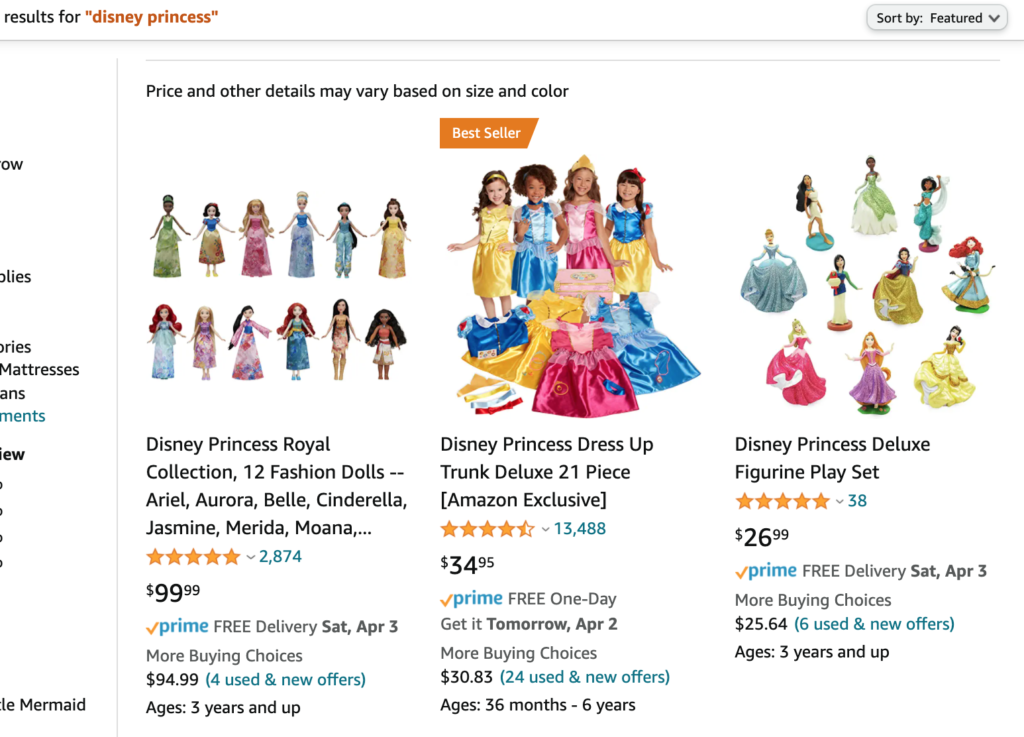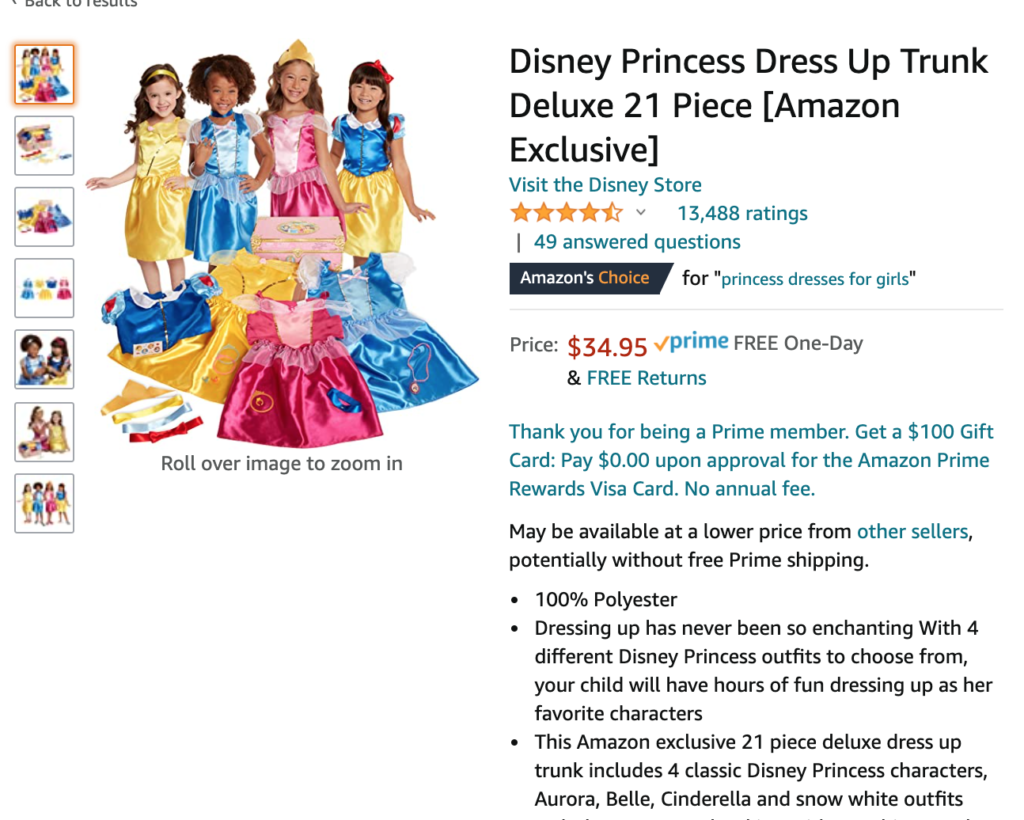In 1992, the Disney Princess franchise introduced its first princess character of color, Jasmine. In other words, it took Disney fifty-five years and five prior films to finally introduce a princess that was not white. Before the introduction of Jasmine, Pocahontas, Mulan, and Tiana, the idealistic and fantasized world of princesses was limited to white characters. However, even though they were now concluded in the films, the princesses of color were still outsiders within a white-dominated franchise.
The concept of the “outsider within” explains the dynamic of power that women of color must navigate and redefine when entering a space dominated by white men on the inside.
As explored by Patricia Hill Collins in “Learning from the Outsider Within: The Sociological Significance of Black Feminist Thought”, the idea of the outsider within demonstrates how the stereotypes of Black women are perpetuated in space dominated by white men. Being an “outsider” and entering the space of “insiders” gives Black women the ability to assert their self-value in a world where they are subjected to the status of being outsiders. Upon entering this space of “racist and sexist ideologies”, Black women are treated as a dominated group, “the ‘others’ – as objects lacking full human subject” (Collins, s18). This dynamic of power and domination is continuously perpetuated by the dichotomies inscribed by a system of white male knowledge. The dichotomies of “whites rule Blacks, males dominate females” are constructed by the white male insiders, making the assimilation of Black women within very difficult (Collins, s20). These constructions of knowledge fuel the objectification of Black women as “others”, which continues to dominate a hierarchical social structure that deems females of color as inferior.
The concept of the “outsider within” and women of color as “others” is exhibited and reinforced by the Disney princess franchise. These princess movies advertise a “fantasized” world where the princesses are inferior and dominated by the control given to white males. Not only is this world dominated by white males as the insiders, but it also produces different plotlines for white and Black princesses that reinforce a racist approach to inferiority. When entering “disney princess” into the search bar of Amazon, the products available and advertised as the “best seller” as well as “Amazon’s choice” is a four costume set of white Disney princesses. This “Amazon Exclusive” set, produced by Disney, perpetuates the idea that women of color are outsiders in a world of primarily white princesses. By claiming in the product description that your child will be able to dress up as her “favorite characters”, a group of all-white Disney princesses, the franchise is advertising the princesses of color as the “others” who are less favorable and inferior.
The Disney Princess Franchise makes a significant amount of money by manufacturing costumes, toys, and accessories. Since many young girls wish to dress up with their friends as princesses, the costumes are best-sellers and highly desirable. However, by grouping the costumes into a package of all-white princesses, the Disney franchise is advertising a product that considers the princesses of color outsiders. By making these costumes more accessible than the costumes of Jasmine, Pocahontas, Mulan, Tiana, and Moana, the franchise is promoting a racist idea that the white princesses are more favorable.
Patricia Hill Collins. “Learning from the Outsider Within: The Sociological Significance of Black Feminist Thought,” Social Problems 33, no. 6 (1986): S14-S32.


